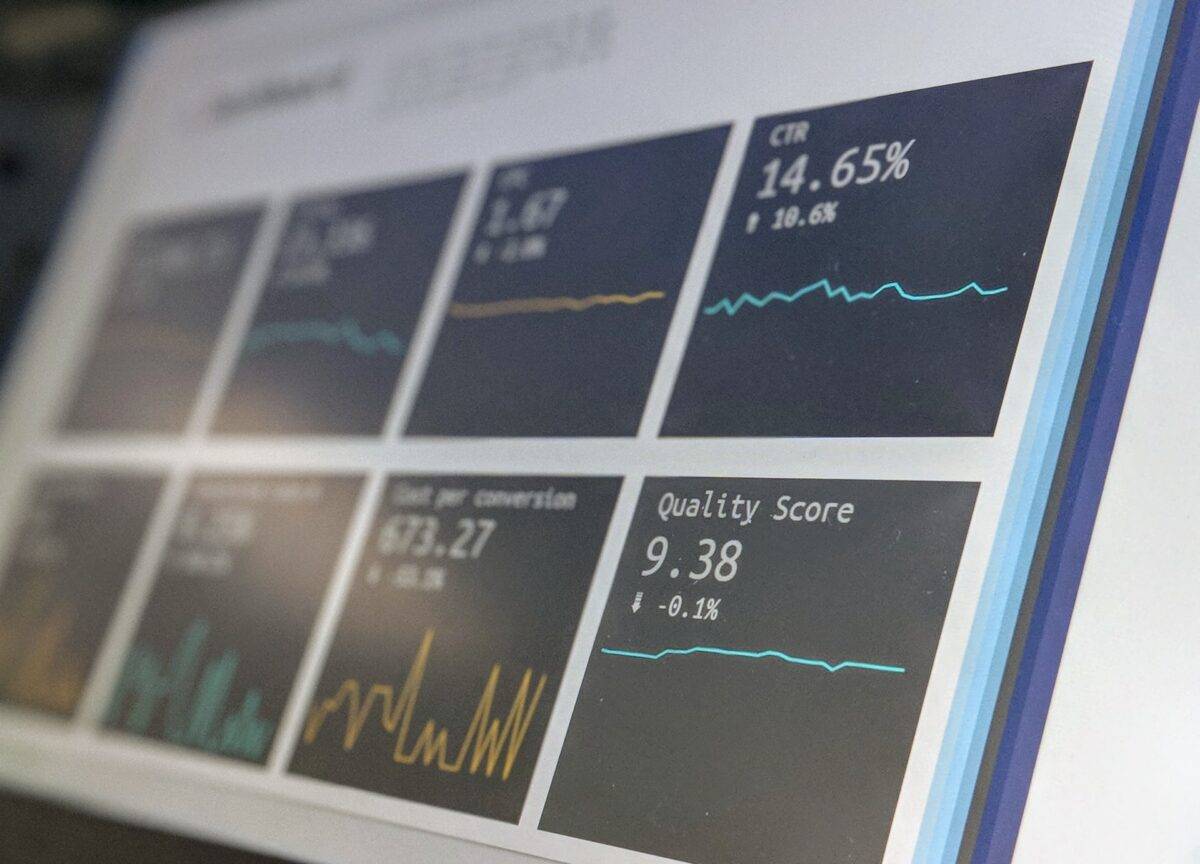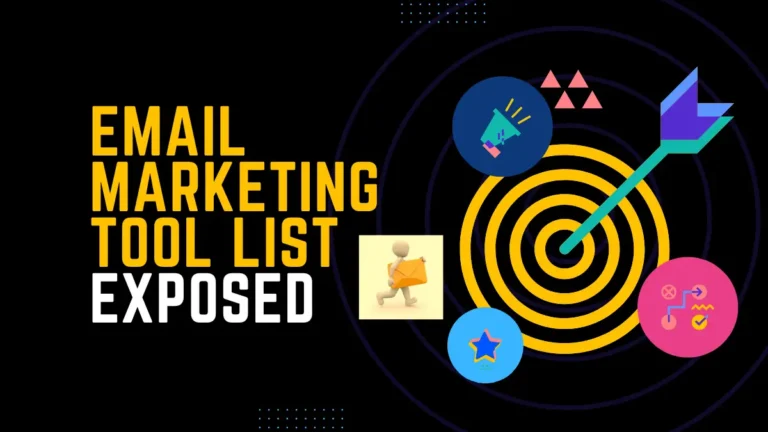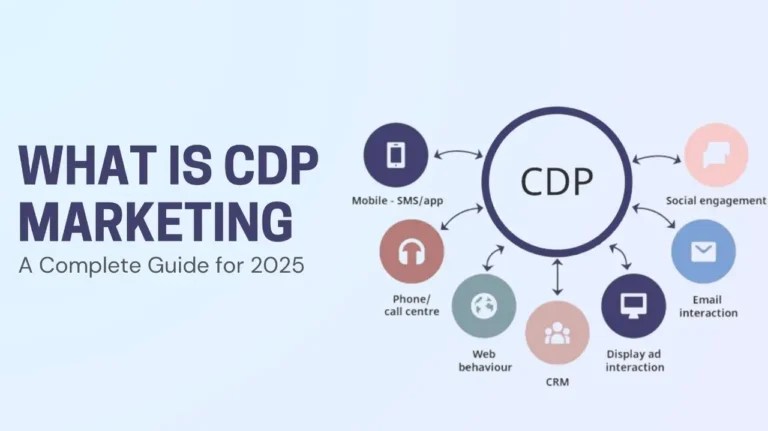Social media medical marketing has evolved as a viable tool to keep the communication lines open and extend the patient acquisition strategy for medical practices.
With the American population increasingly becoming tech-savvy and socially connected, now is the time for healthcare organizations to explore and exploit benefits accruing from social media. Social media has evolved as one of the chief avenues to engage with patients. Therefore, taking ownership of their cyber footprint during the COVID-19 crisis, healthcare organizations can utilize social media as a powerful tool to influence medical opinion, educate the masses, offer effective treatment plans and ultimately improve the health outcomes.
What remains imperative to understand is that all social media platforms are different and have a distinct set of guidelines. Every channel has a different type of target audience, and therefore, different types of content work for different platforms. It can, then, be incredibly overwhelming to seek social media for medical marketing purposes. To understand the broader landscape of social media marketing, take a look at our comprehensive guide on Essential Social Media Marketing Statistics. Following are some of the best practices in the domain of social media medical marketing for the rest:
Select your social media channels wisely
There is no use throwing your content haphazardly over several social media. Instead, the best approach is to carefully evaluate the most suitable social media channel that best meets your needs for specialty and target patients. The most popular social media should be amongst your choice. Keeping a close watch on the channels used by your competitors might help. If you see an active and engaged patient base on the media used by the competitors, it’s a strong indicator that these platforms can also help drive traffic to your website and generate patient leads.
Publish Content Regularly
Once you have chosen the most suitable social media for your practice management, the next step is to start adapting to it. You should carefully devise a publishing plan that must necessarily take into account important factors such as:
- The frequency of publishing content
- The timeline of publishing content, perhaps through a detailed calendar
- The type and themes of content you plan to share more often
- The objectives for each platform in terms of the call to action, increasing patient interaction, driving patient leads, etc.
Ideally, you should publish content at least twice a week, with ample room for flexibility if you need to respond to local, practice, legal, or industry news and updates. The language should be compelling, the content should be concise and to-the-point, and photos and graphics should be essential features of the published content. You might also want to run a survey or ask general questions to get the conversations rolling.
Closely Monitor Feeds and Respond Accordingly
Every interaction over social media is essentially a potential lead for your medical practice. Hence, it is vital to monitor your social media feeds regularly and quickly respond to the patients who engage with your posts. It is advised you do this daily to take the lead in terms of patient interactions. Responding to the comments on your blogs, for instance, or answering questions posed on your social networking platforms, will keep your patients engaged. More importantly, it will help patients navigate their health during the crucial crisis times, such as the coronavirus pandemic.
Ignoring the comments, on the contrary, can lead to negative repercussions such as dissatisfied patients and a negative impression of your practice. The patients might infer that you are not much concerned or passionate about their health outcomes. To counter this, you should monitor your social media accounts daily. You might also want to automate this task with the help of monitoring tools that will prompt you for a quick response for every mention of your practice and providers.
You are also advised to respond to any complaints and other issues with a brief online note, and then directly follow-up with the relevant patients through a phone call, an email, or a direct message. However, if the patient engages with you in a topical conversation publicly, feel free to tag along the social media channel.
2020 has been a rollercoaster ride for the healthcare industry. While it has met several challenges during the crisis period, it has also pushed new healthcare aspects to the frontline. Social media medical marketing has inevitably evolved as a viable tool to keep the communication lines open and extend the patient acquisition strategy for medical practices.




